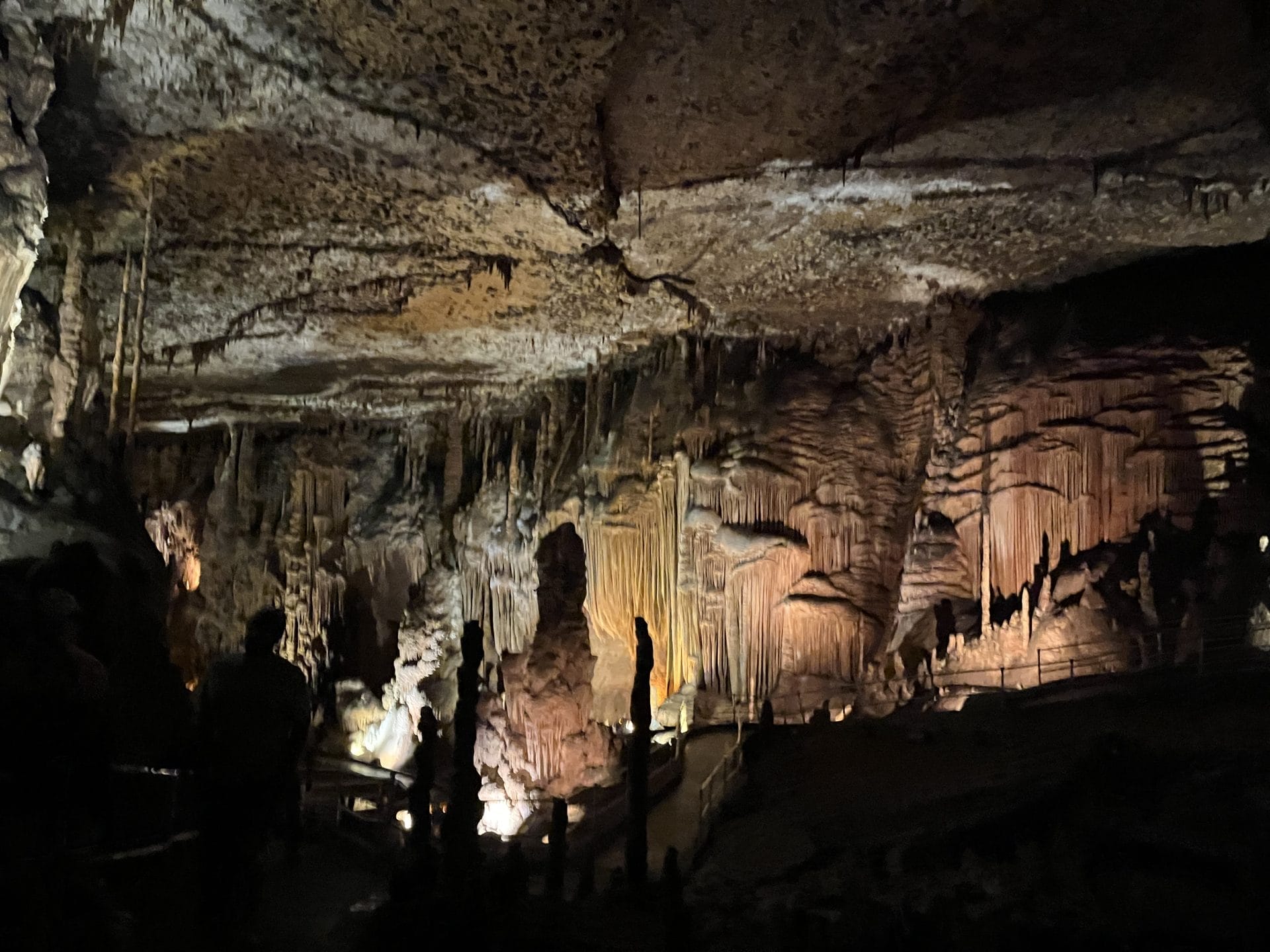

Uh oh...
It appears that you're using a severely outdated version of Safari on Windows. Many features won't work correctly, and functionality can't be guaranteed. Please try viewing this website in Edge, Mozilla, Chrome, or another modern browser. Sorry for any inconvenience this may have caused!
Read More about this safari issue.

When you think of Stuttgart, Arkansas, one phrase probably comes to mind: The Duck and Rice Capital of the World. This small Delta town might not have the busy main streets or boutique-lined squares of other places, but what it offers is much more enduring: heritage, harvest and habitat.
For over a century, Stuttgart has been shaped by its land and its farmers, growing rice and soybeans that feed the world and welcoming millions of ducks that transform it into a hunter’s paradise each fall.

Where Is Stuttgart?
Stuttgart is situated in the heart of the Arkansas Delta on the Grand Prairie, a flat expanse of fertile farmland in Arkansas County about an hour southeast of Little Rock. It serves as the region’s central town, surrounded by productive fields, irrigation canals and wide-open skies. Although it has a small population, its influence on Arkansas agriculture and outdoor recreation extends far beyond its borders. It acts as the hub for towns such as DeWitt, Humphrey and Carlisle.

History of a Prairie Town
Stuttgart’s story begins with Reverend George Adam Buerkle, a German immigrant and Lutheran minister who recognized potential in the vast prairies of eastern Arkansas. In 1878, he purchased over 7,000 acres and brought the first group of settlers from Ohio to establish a new community. When he opened a post office in his house two years later, he named it Stuttgart after his hometown in Germany.
Early settlers established churches, schools and farms, speaking German during worship and publishing a German-language newspaper for many years. The railroad’s arrival in 1883 shifted the town’s development toward the tracks, and by 1889, Stuttgart was officially incorporated, with Colonel Robert Crockett, Davy Crockett’s grandson, serving as its first mayor.
As the 20th century began, Stuttgart’s identity became firmly rooted. Factories, dairies, and mills supported its farming community, and a new era in agriculture was on the horizon. The soil and aquifer of the Grand Prairie made it perfect for a crop that would soon define the region: rice.

Rice, Soy, and the Roots of Arkansas Agriculture
Rice first appeared in Stuttgart in 1902 when farmer W.E. Hope planted an experimental plot that yielded an impressive 139 bushels per acre. Within five years, the Stuttgart Rice Mill Company was established, and the town’s fortunes began to flourish.
By 1921, local farmers established the Arkansas Rice Growers Cooperative Association, now known as Riceland Foods, which remains the world’s largest rice miller and marketer, serving 5,500 farmers. In 1943, Producers Rice Mill was founded and has since become another major global supplier. Together, these farmer-owned cooperatives process and ship nearly 40% of the country’s rice.
Soybeans later became a crucial rotation crop, thriving in the same fertile soil. Today, both rice and soybeans form the backbone of Stuttgart’s economy, connecting this Arkansas town to dinner tables around the world. If you know a farmer here, you truly know who produces your food.

Where the Ducks Come In
As rice became the main crop, another group of visitors arrived each fall – ducks. Stuttgart is located along the Mississippi Flyway, one of the continent’s major migratory routes. The flooded rice fields, wetlands, and nearby rivers create an ideal sanctuary for mallards, geese and other waterfowl.
Hunters travel from around the world to experience Stuttgart’s legendary flooded timber and rice-field hunts. Just southwest of town, the George H. Dunklin Bayou Meto Wildlife Management Area offers over 33,000 acres of prime public hunting grounds, often filled with the sound of duck calls before sunrise. To the southeast, the Dale Bumpers White River National Wildlife Refuge hosts the largest concentration of wintering mallards in North America.
It’s no surprise that Stuttgart holds dual titles as both the Rice Capital of the World and the Duck Capital of the World. The two are closely linked, each supporting the other, creating a perfect balance of harvest and habitat.

Wings Over the Prairie Festival
Each Thanksgiving weekend, Stuttgart celebrates its unique tradition with the World Championship Duck Calling Contest and Wings Over the Prairie Festival, a festivity that has been around since 1936. What began as a friendly contest among local hunters has grown into one of the largest outdoor festivals in the Mid-South, drawing over 40,000 visitors each year.
Spanning six city blocks downtown, the festival offers live entertainment, a carnival and midway, arts and crafts, food vendors and the renowned Michelob Ultra Duck Gumbo Cook-Off, where 55 teams compete for the title of “World’s Best Duck Gumbo.” It’s partly a cook-off, a reunion and a spectacle, with themed booths and friendly rivalry.
For many, the Wings Over the Prairie Festival marks the unofficial start of the season and the perfect Arkansas Thanksgiving tradition, bringing together family, friends, and a deep respect for the land and its wildlife.

What Else Can I Do in Stuttgart?
Even outside festival week, Stuttgart offers plenty to explore, especially for insight into the area’s unique terrain and wildlife.
- Museum of the Arkansas Grand Prairie – Explore the history of farming, duck hunting, and prairie life through interactive exhibits and vintage displays.
- Arts Center of the Grand Prairie – A vibrant hub for local artists featuring rotating exhibits and community workshops.
- Bayou Meto Wildlife Management Area – Known as “The Scatters,” this sprawling public land is a top spot for duck hunting, birdwatching and exploring the wetland habitats.
- John Cain Park – A local favorite for playground time, sports, summertime aquatics and outdoor relaxation.
- Mack’s Prairie Wings – The ultimate outdoor outfitter and duck hunter’s paradise, offering everything from decoys to camouflage gear.
- Historic Homes and Walking Tour – Learn about early settlers and see preserved architecture through the city’s heritage walking tour.
- Sugartown Mercantile – Four sisters opened a truly unique store downtown, offering a mix of vintage and modern gifts, decor and more.

Where Should I Eat in Stuttgart?
After a day in the field or exploring the Grand Prairie, fuel up at one of Stuttgart’s hometown favorites:
- Kibb’s BBQ #2 – Classic Arkansas barbecue with smoky flavor and friendly service that keeps locals coming back.
- JJ Fish and Grill – Fried catfish and hushpuppies done right, a Delta staple.
- Open Season Grill – Burgers, steaks, and hearty sides in a casual sports-bar atmosphere.
- Lotus Blossom – Fresh Asian cuisine with Thai fusion that impresses first-time visitors with its quality and flavor.
- Mr. Pancho’s – A popular spot for Tex-Mex favorites and family meals.
- Uptown Burgers and Fish – A casual local spot famous for its burgers and fried fish plates.
- Flying Duck Taproom – Local brews, pub bites and a relaxed, fun atmosphere near downtown.
- Chuckwagon Restaurant – Classic country comfort food and breakfast served with a smile.
- Larry’s Pizza – Family-friendly buffet and specialty pizzas ideal for groups.
- Ocko’s Japanese Steakhouse – Hibachi-style dining that brings flair to Stuttgart’s food scene.
Whether you’re in town for business or enjoying duck camp, Stuttgart is a place where nature and agriculture thrive together and the invitation is “calling” you in. It might be time to add these festivities to your Thanksgiving plans!
We do the work.
You check your email.
Sign up for our weekly e-news.
Get stories sent straight to your inbox!









Like this story? Read more from Keisha Pittman McKinney
If you’ve ever browsed an Arkansas craft fair or stepped into a...
The holiday season is here, the six-week rush from Halloween to Christmas...
There's something special about discovering that kind of place. The one...
Join the Conversation
Leave a Comment